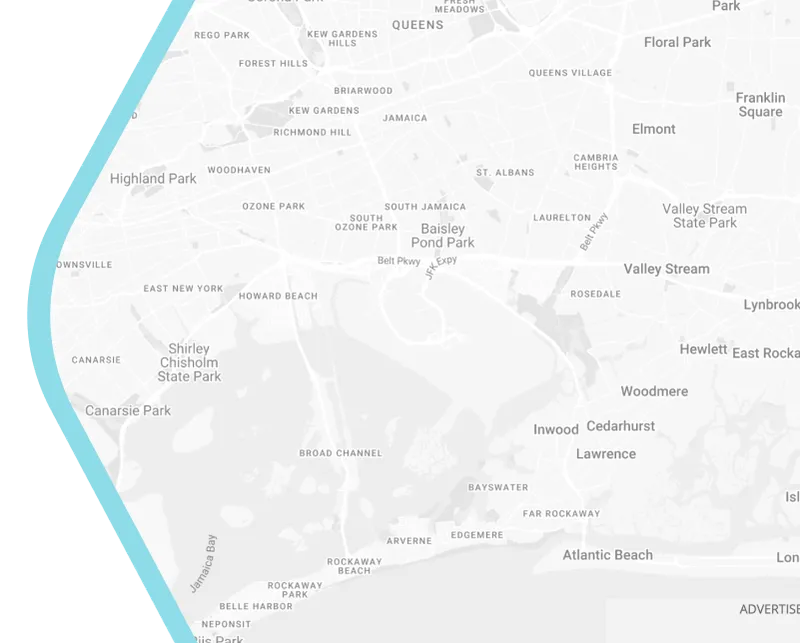
The Rise of Smart Cities in Australia: A Glimpse into the Future
A smart city leverages advanced technology, such as the Internet of Things (IoT), artificial intelligence (AI), and data analytics, to improve urban living. The goal is to enhance infrastructure, streamline services, and ensure sustainable growth. In Australia, several cities are at the forefront of this transformation, from improving transportation systems to creating energy-efficient environments.
Why Smart Cities Matter in Australia
Australia's urban centers face challenges like traffic congestion, environmental sustainability, and housing affordability. Smart cities offer innovative solutions to these problems, creating more efficient, livable, and environmentally friendly spaces for residents. The integration of real-time data, automation, and energy management can help cities operate more efficiently and foster a higher quality of life.
1. Embracing the Internet of Things (IoT)
IoT plays a pivotal role in transforming cities into smart hubs. By connecting devices and systems, IoT enables cities to collect and analyze data in real-time. Australian cities, such as Sydney and Melbourne, have begun implementing IoT solutions for everything from smart traffic lights to smart streetlights, improving traffic flow and reducing energy consumption.
2. Sustainable Urban Planning
A major aspect of smart cities is sustainability. In Australia, urban planners are focusing on green spaces, renewable energy sources, and efficient waste management systems. The use of sensors to monitor air quality and energy consumption helps optimize resource usage and reduce environmental impact.
3. Smart Mobility Solutions
Transportation is a key focus in smart city initiatives. Australian cities are introducing smart mobility solutions such as autonomous vehicles, electric buses, and bike-sharing programs. These innovations are designed to reduce congestion, lower emissions, and provide efficient transportation options for urban residents.
4. Data-Driven Governance
Data is the backbone of any smart city. By collecting and analyzing data, local governments can make informed decisions about resource allocation, infrastructure development, and public services. In cities like Adelaide, data-driven governance is being used to improve public safety, healthcare services, and urban planning.
Conclusion
Smart cities in Australia are not just a futuristic concept—they are becoming a reality. By embracing technologies like IoT, sustainable planning, and smart mobility, Australian cities are paving the way for a more efficient, livable, and eco-friendly urban future.
As these cities continue to evolve, they will offer enhanced services, better living conditions, and a cleaner environment. The future of Australian cities is bright, and the advancements in smart technology are at the heart of this transformation.
